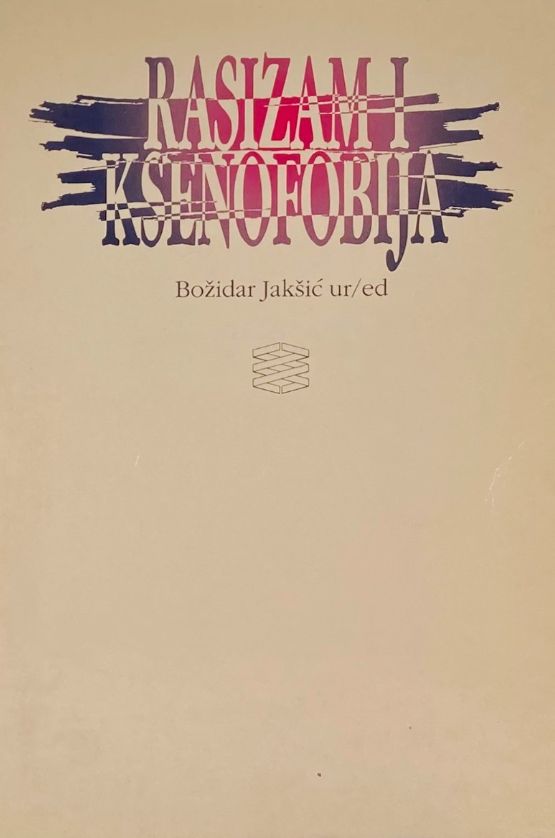MULTIKULTURALNA IKONOGRAFIJA PROTESTA - ISMEJANA KSENOFOBIJA VLASTI
MULTICULTURAL ICONOGRAPHY OF CIVIL PROTEST IN BELGRADE 1996-97 - THE XENOPHOBIA OF THE AUTHORITIES REDICULED
Author(s): Milena Dragićević-Šešić
Subject(s): Politics / Political Sciences, Visual Arts, Governance, Communication studies
Published by: Foruma za etničke odnose
Summary/Abstract: The iconography of the protest was extremely complex. Ensigns of various countries, party Hags, emblems of faculties and universities, as well as attractive towels and pennants of car brands (its emblems being constantly present in the streets, „Ferrari" became a symbol of the protest), created such a mélange that simple conclusions arc impossible. Flags of European countries were to express the vision of Serbia and Yugoslavia in Europe and the world. But after a large media cry against, what they called, „the treacherous presence of foreign state Hags in the protests", the flags of non-European far away countries, or extremely small countries appeared in increasing numbers. This expressed irony towards the xenophobic authorities - a clear political message was sent by gay iconographic means: very often people put on themselves a multitude of flags of various countries thus assuming the image of „foreign mercenaries". „Banknotes" scattered at various points of the protest ridiculed the stories disseminated by the official media about foreigners distributing daily allowance to the demonstrators. Graffiti arc one of the most democratic media, since they do not require a lot: a piece of chalk or a marker, spray, paper... and aim at destroying the traditional values, questioning the politicians, political decisions and political system, as well as conventions of speech writing. A graffito reveals, in the first place, an attitude - a political attitude, but when put up and carried on a banner, it manifests simultaneously the intention of the author to participate in changing the world more actively and directly. Subversiveness is therefore, primarily political, but also orthographic and typographic, lexical, rhetorical, cultural. A graffito parodies, ridicules, reverses meanings, and magnifies in a caricatural way. A graffito on a banner has become a new medium of urban resistance. A resistance which is now public. Writing graffiti no longer means „a secret ritual of transgressing to the world of prohibition", it indicates that the most appropriate mean was found for individualizing the protest. This article reveals an often intertextual relationship between the graffiti and the regime’s slogans. This slogans which expressed xenophobia and national megalomania, were reinterpreted by graffiti and other iconographic tools using humor and irony, in a carnivalesque spirit and manner.
Book: Interkulturalnost versus rasizam i ksenofobija
- Page Range: 445-456
- Page Count: 12
- Publication Year: 1998
- Language: Serbian
- Content File-PDF

